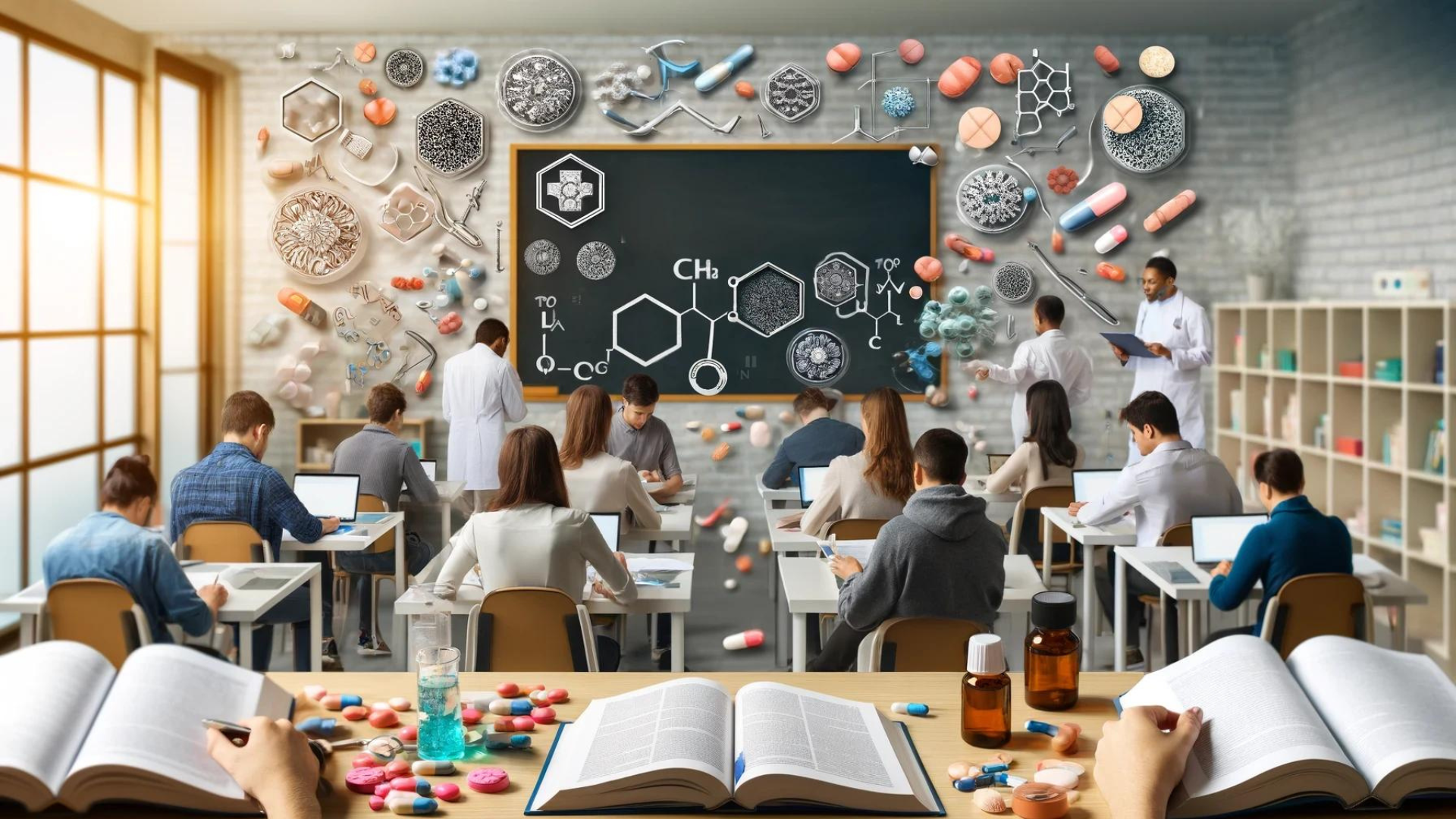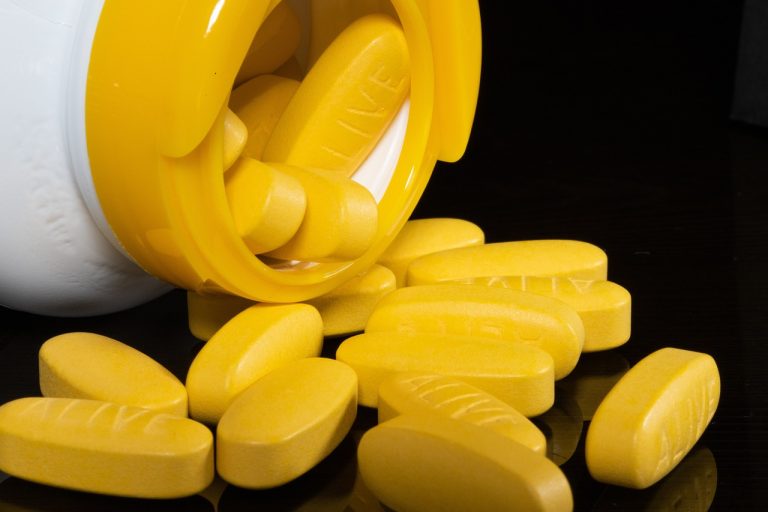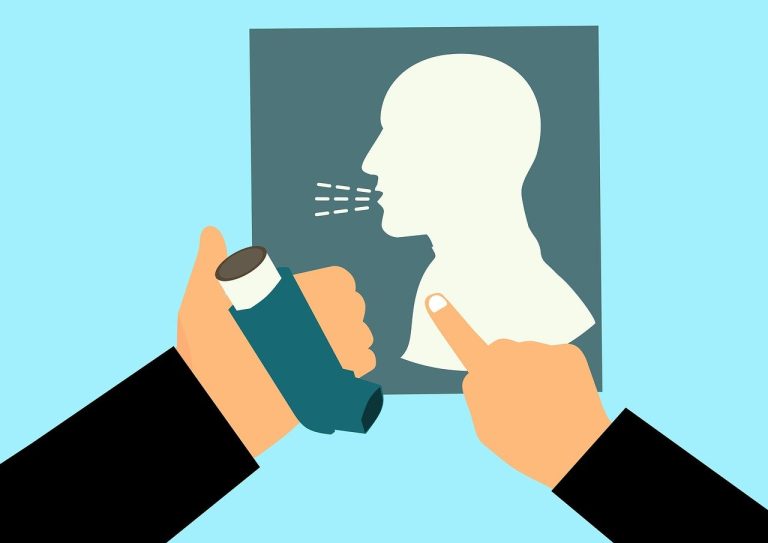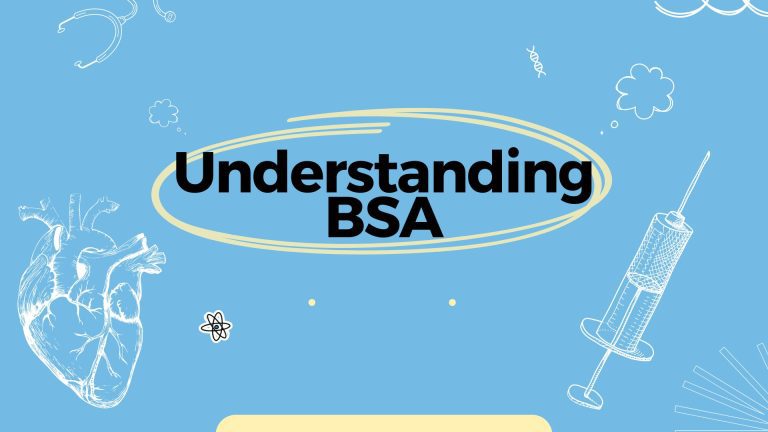Book Appointment Now

Drug Mechanisms of Action: How Medicines Work to Heal
Understanding drug mechanisms of action is essential for aspiring pharmacy technicians preparing for the PTCB exam. This knowledge lets you comprehend how different drugs achieve therapeutic effects, manage side effects, and optimize patient care.
As you study for the PTCB exam, grasping these concepts will enhance your ability to answer exam questions accurately and apply your knowledge in practical settings.
For a comprehensive guide to the PTCB exam, check out our PTCE Guide. Test your knowledge with our PTCB Practice Test 1 to gauge your readiness.
Major Drug Classes
| Drug Class | Mechanism of Action | Example |
|---|---|---|
| Beta-Blockers | Block beta-adrenergic receptors | Propranolol |
| ACE Inhibitors | Inhibit angiotensin-converting enzyme | Lisinopril |
| Statins | Inhibit HMG-CoA reductase | Atorvastatin |
| NSAIDs | Inhibit cyclooxygenase (COX) enzymes | Ibuprofen |
| Opioids | Bind to opioid receptors | Morphine |
| Corticosteroids | Inhibit multiple inflammatory cytokines | Prednisone |
| Penicillins | Inhibit bacterial cell wall synthesis | Amoxicillin |
| Tetracyclines | Inhibit protein synthesis | Doxycycline |
| Fluoroquinolones | Inhibit DNA gyrase and topoisomerase IV | Ciprofloxacin |
| Antifungals | Disrupt fungal cell membrane | Fluconazole |
| Benzodiazepines | Enhance GABA action | Diazepam |
| Antipsychotics | Block dopamine receptors | Haloperidol |
| SSRIs | Inhibit serotonin reuptake | Fluoxetine |
| Metformin | Decreases hepatic glucose production | Metformin |
| Heparin | Activates antithrombin III | Heparin |
| Warfarin | Inhibits vitamin K epoxide reductase | Warfarin |
List of Therapeutic Uses
- Beta-Blockers: Treat hypertension, arrhythmias.
- ACE Inhibitors: Treat high blood pressure, heart failure.
- Statins: Lower cholesterol levels.
- NSAIDs: Reduce inflammation and pain.
- Opioids: Pain relief.
- Corticosteroids: Treat inflammation, autoimmune diseases.
- Penicillins: Treat bacterial infections.
- Tetracyclines: Treat bacterial infections.
- Fluoroquinolones: Treat bacterial infections.
- Antifungals: Treat fungal infections.
- Benzodiazepines: Anxiety, muscle relaxation, seizures.
- Antipsychotics: Treat psychosis, schizophrenia.
- SSRIs: Treat depression, anxiety disorders.
- Metformin: Treat type 2 diabetes.
- Heparin: Prevent blood clots.
- Warfarin: Prevent blood clots.
Basic Concepts in Pharmacology
Key Terms
- Mechanism of Action: This refers to the specific biochemical interaction through which a drug produces its pharmacological effect. It involves understanding how a drug influences cellular or tissue function at the molecular level.
- Pharmacodynamics: The study of the effects of drugs on the body, including the mechanisms of action, and the relationship between drug concentration and effect. It explores how drugs exert their effects and the factors influencing their efficacy.
- Pharmacokinetics: The study of how the body absorbs, distributes, metabolizes, and excretes drugs. This includes understanding the rates of these processes and how they influence drug concentrations in the body over time.
Drug-Receptor Interactions
Drugs often work by binding to specific receptors on the surface of cells. These receptors are proteins that interact with endogenous substances like hormones and neurotransmitters.
When a drug binds to its receptor, it can either mimic (agonist) or block (antagonist) the action of these natural substances, leading to a physiological response.
Enzyme Inhibition
Some drugs exert their effects by inhibiting enzymes, which are proteins that catalyze biochemical reactions.
Enzyme inhibitors can block the normal substrate from binding, thereby preventing the enzyme from catalyzing its reaction. This inhibition can reduce or halt the production of specific molecules, thereby altering physiological functions.
Examples:
- Beta-Blockers: Bind to beta-adrenergic receptors, blocking adrenaline and reducing heart rate and blood pressure.
- ACE Inhibitors: Inhibit the angiotensin-converting enzyme, leading to vasodilation and decreased blood pressure.
Major Drug Classes and Their Mechanisms
Beta-Blockers
- Mechanism: Block beta-adrenergic receptors, reducing the effects of adrenaline.
- Therapeutic Use: Treat hypertension, arrhythmias.
- Example: Propranolol.
ACE Inhibitors
- Mechanism: Inhibit angiotensin-converting enzyme, leading to vasodilation.
- Therapeutic Use: Treat high blood pressure, heart failure.
- Example: Lisinopril.
- For more details, refer to Mayo Clinic on ACE Inhibitors.
Statins
- Mechanism: Inhibit HMG-CoA reductase, reducing cholesterol synthesis.
- Therapeutic Use: Lower cholesterol levels.
- Example: Atorvastatin.
- More information can be found on WebMD about Statins.
NSAIDs
- Mechanism: Inhibit cyclooxygenase (COX) enzymes, reducing prostaglandin synthesis.
- Therapeutic Use: Reduce inflammation and pain.
- Example: Ibuprofen.
- Learn more at NIH on NSAIDs.
Opioids
- Mechanism: Bind to opioid receptors in the central nervous system.
- Therapeutic Use: Pain relief.
- Example: Morphine.
Corticosteroids
- Mechanism: Inhibit multiple inflammatory cytokines.
- Therapeutic Use: Treat inflammation and autoimmune diseases.
- Example: Prednisone.
Antibiotics and Antifungals
Penicillins
- Mechanism: Inhibit bacterial cell wall synthesis, leading to cell lysis and death.
- Example: Amoxicillin.
Tetracyclines
- Mechanism: Inhibit protein synthesis by binding to the 30S ribosomal subunit.
- Example: Doxycycline.
Fluoroquinolones
- Mechanism: Inhibit DNA gyrase and topoisomerase IV, preventing bacterial DNA replication.
- Example: Ciprofloxacin.
Antifungals
- Mechanism: Disrupt fungal cell membrane by inhibiting ergosterol synthesis.
- Example: Fluconazole.
Understanding these mechanisms helps pharmacy technicians predict the therapeutic outcomes and potential side effects of these drugs, ensuring better patient care.
Central Nervous System Agents
Benzodiazepines
- Mechanism: Enhance the action of gamma-aminobutyric acid (GABA), an inhibitory neurotransmitter, leading to sedative, anxiolytic, muscle relaxant, and anticonvulsant effects.
- Example: Diazepam.
- For more detailed information, visit MedlinePlus on Benzodiazepines.
Antipsychotics
- Mechanism: Block dopamine receptors, reducing dopamine activity in the brain, which helps manage symptoms of psychosis such as hallucinations and delusions.
- Example: Haloperidol.
SSRIs (Selective Serotonin Reuptake Inhibitors)
- Mechanism: Inhibit the reuptake of serotonin in the brain, increasing serotonin levels and improving mood and anxiety.
- Example: Fluoxetine.
Metabolic Agents
Metformin
- Mechanism: Decreases hepatic glucose production and increases insulin sensitivity, which helps lower blood glucose levels.
- Therapeutic Use: Treats type 2 diabetes by improving glycemic control.
- Example: Metformin.

Founder of the PTCBFreePracticeTest.com.



